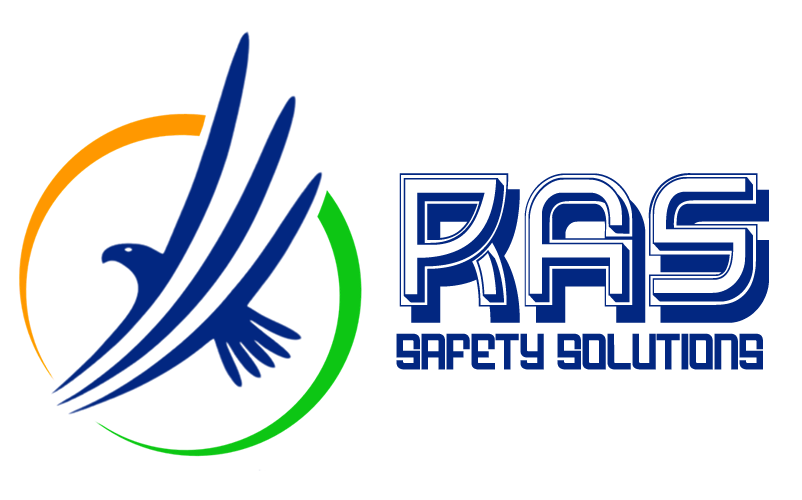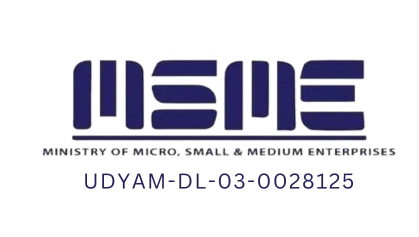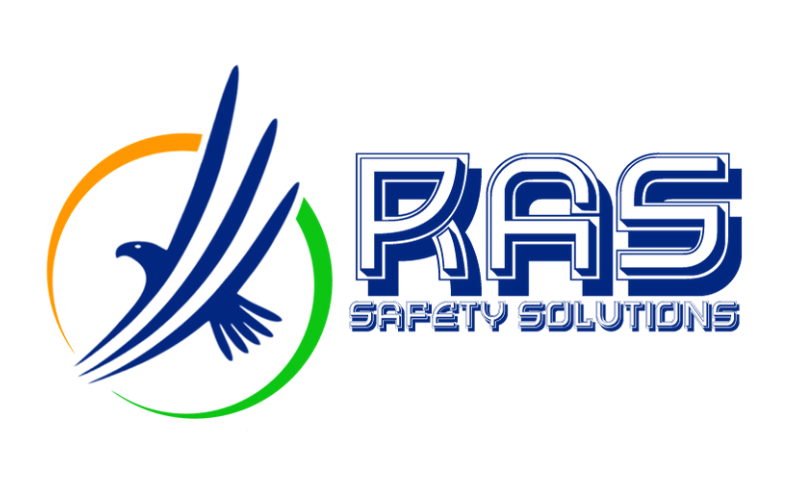
LIFTING SUPERVISOR TRAINING
Overview:
The Lifting Supervisor Training course is designed to equip delegates with the essential knowledge and skills to safely and effectively oversee lifting operations. The course focuses on the principles of correct slinging techniques, safety precautions when working with rigging equipment, and the proper inspection and use of all associated lifting equipment. Through a combination of theoretical instruction and practical sessions, participants will be required to demonstrate their understanding and competence in supervising lifting operations.
Key Contents:
-
Introduction to Lifting Operations
- Overview of Lifting Operations in Various Industries
- Roles and Responsibilities of a Lifting Supervisor
- Legal Requirements and Regulatory Standards for Lifting Operations
- Importance of Safe Lifting Practices
-
Principles of Slinging and Rigging
- Understanding Different Types of Loads and Their Characteristics
- Selection of Appropriate Slings and Rigging Gear
- Correct Slinging Techniques for Various Loads
- Safe Working Load (SWL) and Load Angle Factors
- Preventing Load Shifting and Ensuring Stability During Lifting
-
Inspection and Maintenance of Lifting Equipment
- Overview of Lifting Equipment: Slings, Shackles, Hooks, Chains, and More
- Pre-Use Inspection Procedures for Rigging Equipment
- Identifying Wear, Tear, and Damage in Lifting Gear
- Proper Storage and Maintenance Practices
- Documentation and Record-Keeping for Equipment Inspections
-
Safety Precautions and Hazard Management
- Identifying Common Hazards in Lifting Operations
- Risk Assessment and Control Measures
- Importance of Communication and Coordination Among Team Members
- Implementing Safe Working Procedures in Lifting Operations
- Emergency Procedures and Response Planning
-
Rigging and Lifting Plan Development
- Creating Effective Lifting Plans: Step-by-Step Process
- Selecting the Right Equipment and Techniques for Specific Jobs
- Calculating Load Weights and Center of Gravity
- Developing Contingency Plans for Unforeseen Issues
- Documentation and Approval Processes for Lifting Plans
-
Practical Sessions and Demonstrations
- Hands-On Training in Slinging and Rigging Techniques
- Practical Exercises in Equipment Inspection and Maintenance
- Supervised Lifting Operations: Applying Theory to Practice
- Real-Life Scenarios and Case Studies to Test Problem-Solving Skills
- Group Exercises to Reinforce Team Coordination and Safety Communication
-
Final Assessment and Competency Evaluation
- Written Test Covering Theoretical Knowledge
- Practical Assessment to Demonstrate Competence in Lifting Supervision
- Feedback and Coaching to Address Areas for Improvement
- Certification Upon Successful Completion of the Course
Course Duration:
-
Basic Level: 2 Days (16 Hours)
- An introductory course focused on the fundamental principles of slinging, rigging, and safe lifting practices. Suitable for new supervisors and those needing a refresher.
-
Advanced Level: 3 Days (24 Hours)
- A comprehensive course that covers complex lifting scenarios, advanced rigging techniques, and detailed equipment inspection. Designed for experienced lifting supervisors seeking to enhance their skills.
Learning Outcomes:
-
Proficiency in Slinging and Rigging: Participants will learn the correct techniques for slinging various types of loads and using rigging equipment safely and effectively.
-
Enhanced Safety Awareness: Learners will develop the ability to identify potential hazards in lifting operations and implement appropriate safety measures to prevent accidents.
-
Competence in Equipment Inspection: Attendees will gain hands-on experience in inspecting and maintaining lifting equipment, ensuring it is safe for use.
-
Ability to Develop and Execute Lifting Plans: The course will teach participants how to create, document, and execute detailed lifting plans that comply with safety standards and regulations.
-
Effective Supervision Skills: Delegates will learn how to oversee lifting operations, coordinate with team members, and manage the safety of the worksite.
By the end of this training, participants will be well-prepared to take on the responsibilities of a Lifting Supervisor, ensuring that all lifting operations are conducted safely, efficiently, and in compliance with industry standards.


